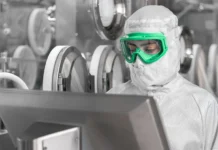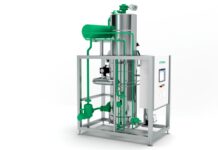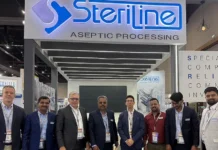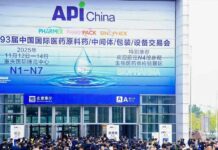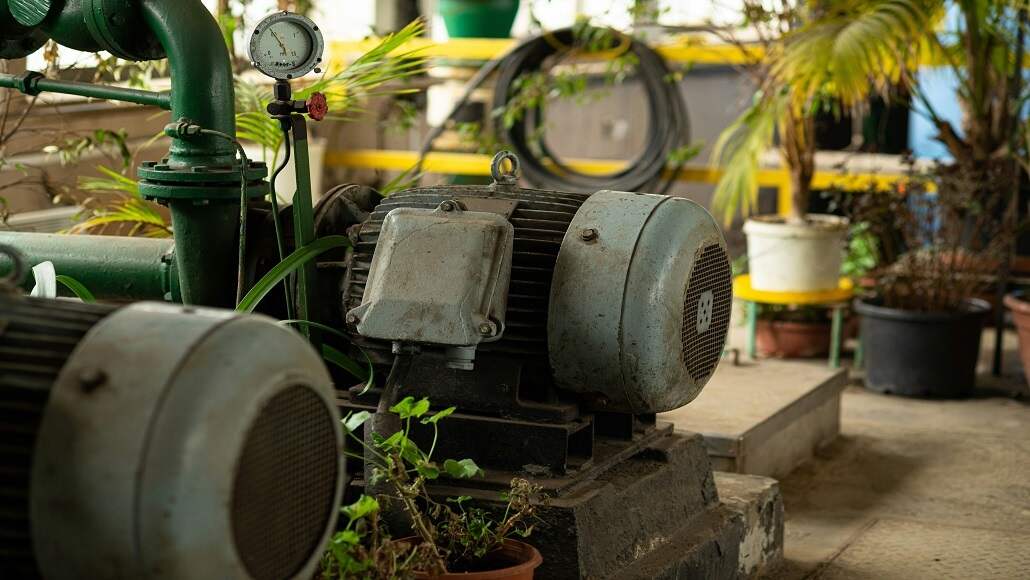The Role of Energy Efficiency in Life Sciences Manufacturing
In the life sciences business, where sustainability goals and government regulations are changing how things are made, energy efficiency has become very important. Biopharmaceutical production is known for using a lot of resources, so cleaner, greener methods are being looked at more closely. Fluid handling systems, like pumps, use a lot of energy in facilities because they move liquids, keep things clean, and keep things accurate.
Life sciences manufacturing pumping systems need to be both efficient and sustainable. While their main purpose is to facilitate smooth fluid transfer, contemporary systems are engineered to do so with minimal energy input, leading to lower operating costs and less environmental footprint. This double emphasis on efficiency and sustainability is opening the door to a new generation of energy-efficient pumps that can serve corporate and regulatory sustainability goals.
Understanding the Environmental Challenges of Biopharma Facilities
Biopharm plants are among the most energy-demanding industrial operations. From significant water and energy consumption in the process of cleaning to the energy to power climate control and equipment, the environmental impact of such facilities is great. Pumps being integral to such operations make a contribution towards energy consumption in running continuously through their handling of media, buffers, and biologic fluids.
Conventional pump systems, though durable, tend to be energy-inefficient and subject to unnecessary losses. Excessive energy usage is caused by oversized pumps, incorrect sizing for particular applications, and inadequate maintenance practices. For buildings that want to meet sustainability objectives, including net-zero carbon emissions, it is a priority to address these inefficiencies.
Energy-Efficient Innovations in Pumping Systems
State-of-the-art fluid handling systems have matured to suit the needs of energy consumption issues. Energy-saving pumps now come with advanced features that ensure high performance at reduced power consumption. Some of the innovations include:
- Variable Frequency Drives (VFDs): VFDs enable pumps to shift their speed depending on current demand, conserving energy during periods of low flow. By dispelling the need for pumps running at constant high rates, VFDs have a major efficiency gain and also increase equipment lifespan.
- High-Efficiency Motors: New motor technologies, including permanent magnet motors, are optimized to provide higher energy performance without any reduction in power output compared to conventional motors. These motors are especially applicable in large-scale biomanufacturing plants with continuous pumping demands.
- Optimized System Design: Pump makers are increasingly emphasizing system design for a particular application. Sizing the pumps correctly allows them to operate at their optimum point, precluding the waste of energy inherent in over-sized or under-sized equipment.
- Single-Use Pumping Solutions: Single-use pumps, intended for disposable bioprocessing systems, save energy through the elimination of cleaning and sterilization needs. While sterility and convenience are their primary concern, they contribute to energy conservation indirectly by optimizing workflows.
Balancing Performance with Sustainability Goals
The challenge to both pump makers and biopharm firms is how to balance energy efficiency with the high-performance capabilities necessary in life sciences applications. Pumping systems must move delicate biologic materials, like proteins, cells, and viral vectors, without degrading their integrity. Meanwhile, they have to meet very demanding regulatory standards for sterility and reliability.
Energy-efficient pumps solve these problems by providing accurate fluid handling with low energy input. As an example, peristaltic and diaphragm pumps, which are widely utilized in biologics manufacturing, have low shear force operation, thereby transferring sensitive materials safely. The systems also incorporate flow control elements that reduce waste during production, leading to both operational and environmental efficiency.
Regulatory and Corporate Drivers for Energy Efficiency
The drive for energy-efficient technology in life sciences is not entirely motivated by environmental issues. Regulators are starting to include energy consumption metrics in their evaluation of manufacturing facilities. For instance, the U.S. FDA’s emphasis on Good Manufacturing Practices (GMP) involves sustainability considerations in facility design and operation.
Moreover, corporate sustainability objectives are also driving the uptake of energy-efficient pumping systems. Several biopharmaceutical firms have become aligned with international goals like the United Nations Sustainable Development Goals (SDGs). By minimizing energy usage through improved pumping technologies, these companies are showing their dedication to sustainability while enjoying cost reductions and improved public image.
Case Studies: Energy Efficiency in Action
Case Study 1: Optimizing Pump Systems in a Vaccine Facility
One of the major vaccine producers applied energy-efficient diaphragm pumps with VFDs to pump cell culture media. Optimizing flow rates and speed control enabled the facility to cut its energy use by 20%, representing a substantial saving on costs over production campaign durations.
Case Study 2: Scaling Up with Single-Use Pumps
A biopharmaceutical startup that manufactures monoclonal antibodies used single-use peristaltic pumps for its pilot facility. Removing the cleaning and sterilization steps decreased power and water usage, and the company’s operations aligned with its sustainability mission.
Looking Ahead: The Future of Energy-Efficient Pumps
The future of energy-efficient life sciences pumping systems is on the threshold for additional innovation, which will be spurred by digitalization and automation developments. Intelligent pumps that integrate IoT (Internet of Things) sensors will allow real-time monitoring of energy usage, flow rates, and system performance. Through data analysis, manufacturers can detect inefficiencies and take corrective measures in good time.
Sustainability will probably be a central priority, as pump makers investigate green materials and designs to continue reducing environmental impact. As biopharmaceutical manufacturers continue to emphasize energy efficiency, investments in next-generation fluid handling systems will be central to both operational excellence and regulatory compliance.








